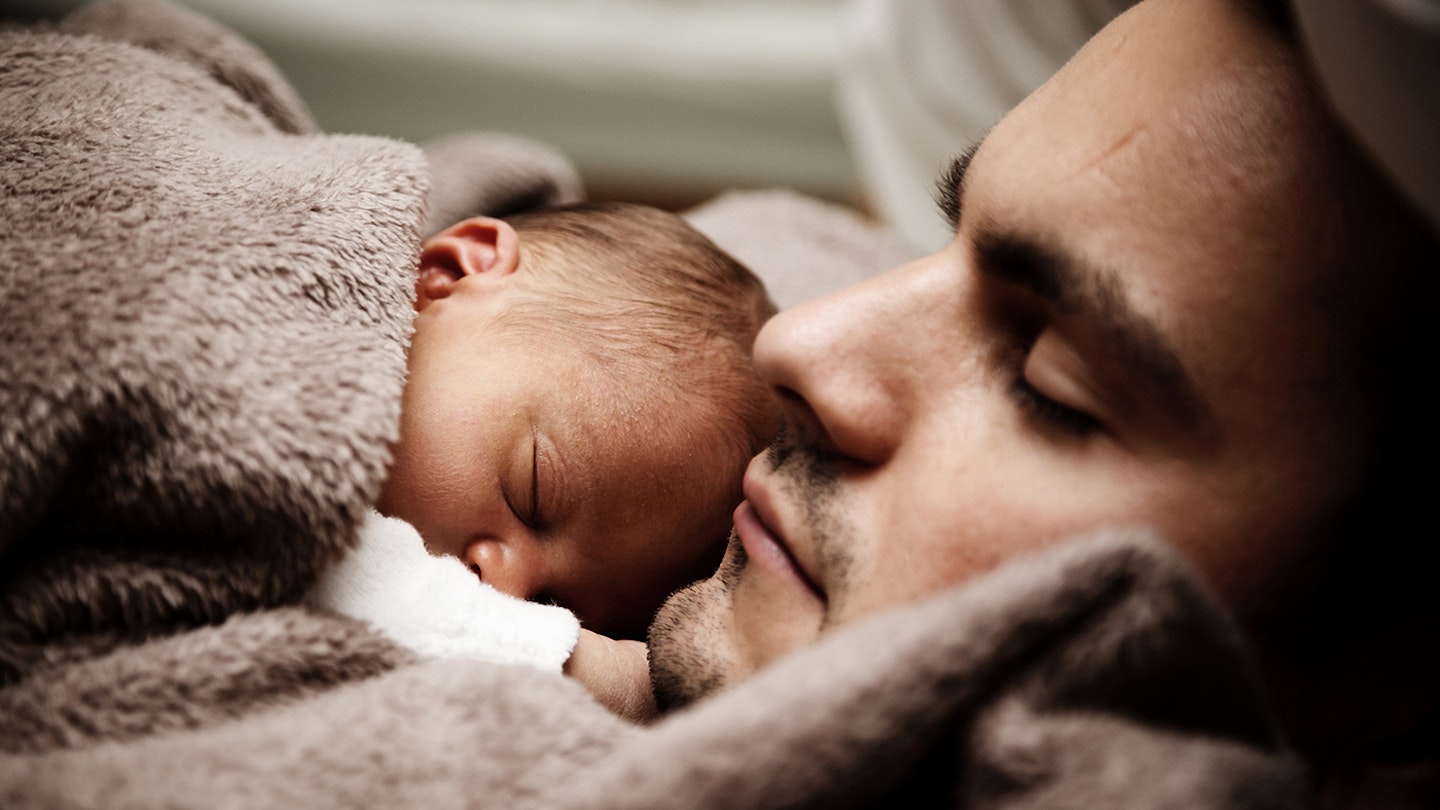Advertisement feature
This article has been created and funded by Sanofi, as part of the 'Together against RSV' disease awareness initiative.
RSV, or respiratory syncytial virus, is a common virus that causes cold-like symptoms (1). It’s known to infect 90 per cent of children by the age of two(2), yet often parents will not know that the cold-like symptoms their baby is experiencing can be caused by RSV.
Whilst most RSV infections in babies are typically mild and will clear up within a few weeks on their own, some cases can be more serious (1).
As part of the Together Against RSV disease awareness campaign, a survey sponsored and funded by Sanofi was launched amongst 1,500 parents in the UK last year (3). The report found that 42% of parents are more concerned about their child contracting a respiratory illness following the COVID-19 pandemic, yet many parents feel unsupported (36%) or overwhelmed (45%) when their baby becomes ill, showing it is vital to improve the quality of information available to parents on RSV related illnesses.
How is RSV spread?
Like other seasonal coughs, colds and flu, RSV is most common between October and March (4). It is very contagious and passes easily between people through hand contact or in droplets produced by coughing and sneezing.
Older children and adults also get RSV at least every few years but do not usually get very sick from it(1). However, babies can be at risk of developing more severe illnesses such as bronchiolitis, pneumonia and croup (1,5)
In the early stages, RSV symptoms are similar to a common cold (4) (runny or blocked nose, cough, sneezing and high temperature). Symptoms usually last between one and three weeks.

When is RSV more likely to be a problem for my baby?
If your baby was born prematurely, or has underlying health conditions, there could be greater risk of becoming seriously ill if infected with RSV. Around 30,000 children under the age of five are hospitalised each year due to RSV (6).
RSV is a leading cause of respiratory disease globally (7). If you notice that your baby is having difficulty breathing in addition to their cold symptoms, this could be a sign of a lower respiratory tract infection such as bronchiolitis. Look out for grunting or wheezing, fast breathing or flaring of the nostrils.
Other warning signs to look out for include a persistent high temperature (38°C or above), and behavioural changes such as if they seem tired or irritable, are not feeding normally, or if they have not had a wet nappy for 12 hours or more (8).
Through the coronavirus (COVID-19) pandemic, restrictions in social contact meant that cases of RSV were reduced(5,9).
However, since people began mixing again, there has been an increase in cases from June this year [{href='https://www.gov.uk/government/news/health-chiefs-issue-warning-as-childhood-respiratory-infections-rise-ahead-of-winter' target='_blank' rel='noreferrer noopener nofollow'}), ahead of the usual seasonal trend, mainly in children aged under five.
RSV is usually mild(1), but sometimes children need to be hospitalised so that they can be watched closely and given fluids or oxygen if needed.
How to help prevent RSV infection
You can help to reduce the risk of RSV infection through frequent hand washing, disinfecting surfaces and toys, and avoiding close contact with people showing cold or flu-like symptoms, if possible (10).
For more information about RSV, its signs and symptoms and when to seek help, you can download this helpful Parent Guide created by the Together Against RSV disease awareness campaign.
This article has been created and funded by Sanofi, as part of the 'Together against RSV' disease awareness initiative.
References
(1) Babycentre. Respiratory syncytial virus (RSV). [Online] Available at: https://www.babycentre.co.uk/a25022968/respiratory-syncytial-virus-rsv [Accessed October 2022]
(2) Wennergren, G and Kristjånsson, S. Relationship between respiratory syncytial virus bronchiolitis and future obstructive airway diseases. Eur Respir J. 2001; 18:1044–1058 DOI: 10.1183/09031936.01.00254101https://erj.ersjournals.com/content/18/6/1044
(3) Adelphi, Data on file
(4) Bliss. Respiratory syncytial virus (RSV). [Online] Available at: https://www.bliss.org.uk/parents/about-your-baby/medical-conditions/respiratory-conditions/respiratory-cyncytial-virus-rsv [Accessed October 2022]
(5) UK Government. Guidance. Respiratory syncytial virus (RSV): symptoms, transmission, prevention, treatment. [Online] Available at: https://www.gov.uk/government/publications/respiratory-syncytial-virus-rsv-symptoms-transmission-prevention-treatment/respiratory-syncytial-virus-rsv-symptoms-transmission-prevention-treatment [Accessed October 2022]
(6) Oxford Vaccine Group. Respiratory syncytial virus. What is respiratory syncytial virus (RSV)? [Online] Available at: https://vk.ovg.ox.ac.uk/vk/rsv [Accessed October 2022]
(7) World Health Organization. WHO preferred product characteristics for respiratory syncytial virus (RSV) vaccines. [Online] Available at: https://www.who.int/publications/i/item/WHO-IVB-17.11 [Accessed October 2022]
(8) UK Government. Press release. Health chiefs issue warning as childhood respiratory infections rise ahead of winter. [Online] Available at: https://www.gov.uk/government/news/health-chiefs-issue-warning-as-childhood-respiratory-infections-rise-ahead-of-winter [Accessed October 2022]
(9) Academy of Medical Sciences. COVID-19: preparing for the future. Looking ahead to winter 2021/22 and beyond. [Online] Available at: https://acmedsci.ac.uk/file-download/4747802
(10) Welsh Government. Respiratory syncytial virus (RSV) and bronchiolitis. [Online] Available at: https://gov.wales/sites/default/files/publications/2021-10/respiratory-syncytial-virus-rsv-and-bronchiolitis-leaflet.pdf [Accessed October 2022]
Job Bag Number: MAT-XU-2204765 (V1.0)
Date of Preparation: October 2022
